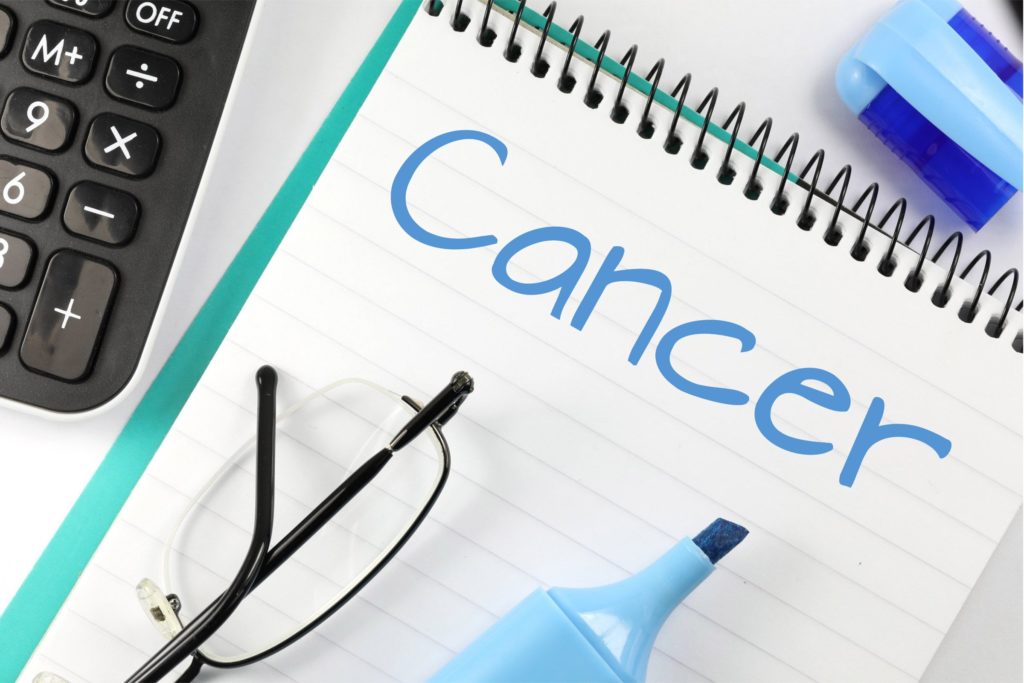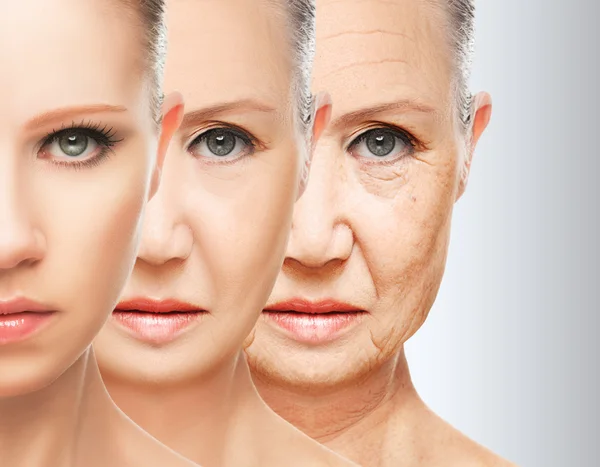Introduction:
Counterfeit drugs are becoming a great international dilemma and are threatening to destroy the already fragile healthcare systems in several third world countries. As the name suggests, counterfeit drugs may contain the wrong ingredient, sometimes no active ingredient or the incorrect amount of the ingredients and these drugs can disability, drug resistance to microorganisms in cases of infectious diseases and rarely death, if the ingredient is toxic to the patient. According to the World Health Organization a counterfeit medicine is one, which is deliberately and fraudulently mislabelled with respect to identity and/or source.
The Statistics from the WHO and FDA are very interesting:
- The Food and Drug Administration (FDA) states that 10% of all drugs sold in the global medicine market are counterfeit.
- According to WHO, 25% of the drugs consumed in developing countries are fake.
- Counterfeit drugs are a major concern in the growing economies of Thailand, Cambodia, Vietnam, Philippines and Indonesia where their prevalence is about 10%.
- In Vietnam an investigation shows that 64% of anti-malarial tablets contained no active ingredient, which eventually led to the death of patients.
- In India 7% of medicines were found counterfeit and Indian companies were accused of exporting counterfeits to African markets.
- Counterfeit drugs are 40-50% of all the drugs present in Pakistan. Pakistan is considered one of the 13 countries of the world where the manufacturing of counterfeit medicines is on the rise. The situation is alarming, as the country is also alleged as being a counterfeit hub- exporting counterfeit drugs to North America.
Why should the world be worried about counterfeit drugs?
- Counterfeit drugs are unlikely to be as useful as the real products.
- They may also cause allergic reactions or and bizarre side effects.
- They could make medical conditions worse. This especially happens when counterfeit antibiotics are administered in Infectious diseases. It can cause an exacerbation of the disease and also contribute to drug resistance.
- Many counterfeit drugs contain poisonous substances and can be hazardous or even fatal.
- People who manufacture these counterfeit drugs, distribute and sell them must be treated as criminals because they cost all of us. They cost us individually and they reduce the profits of genuine pharmaceutical companies and this may take away resources for development of newer drug molecules.
- This large-scale presence of counterfeit drugs can seriously cripple health care services and have devastating effects on the GDP of a nation.
This problem can be tackled the consumer level by:
The World Health Organization has some consumer guidelines:
- Patients are advised to buy drugs only from licensed pharmacies and drug outlets;
- They should be suspicious, when drugs are heavily discounted;
- Patients should not buy from peddlers or market places;
- Patients should insist on receipts when buying drugs;
- They should check the packaging to see if it is carefully and properly sealed;
- Patients should check if the packaging indicates the batch number, manufacturing date, expiry date, and the manufacturer’s name
- Patients are encouraged to be proactive and report to their health worker or doctors if they notice any lack of improvement after taking a drug.
Pharmaceuticals and Health ministries must unite and co-ordinate:
Industry should wake up to the dangers of counterfeit drugs. They should try and collect reliable data about the problem. Governments should ensure that drugs are freely available and affordable. Counterfeiting drugs increases when there is a shortage of drugs and when drugs are exorbitantly priced. Often pharmaceutical companies and governments are reluctant to release the exact statistics of the problem. The pharmaceutical companies are worried about the damage to their reputation and governments are worried about a possible violent public backlash.
Governments should enact tough legislation, which prohibits manufacture, distribution and sale of counterfeit drugs. Drug regulatory authorities must be given sweeping powers so that pharmaceutical establishments comply with mandatory drug regulatory requirements. All drugs should be registered before they are introduced in the market. There should be random checks of the drugs at the distributors or chemist level to prevent substandard and counterfeit drugs reaching the public. Drug regulatory authorities must also be given powers to destroy counterfeit drugs as soon as they find them.
Public education about counterfeit drugs should be given a priority. Today, ‘The consumer is God’ and he should be encouraged to buy drugs from reputed pharmacies. Patients should also assiduously report adverse effects or lack of improvement to their doctors.
Internet sales of medications:
A new mode of sale of medicines is through the Internet. This is a major source of counterfeit medicines. To be fair, it must be said that some Internet based pharmacies are indeed genuine. They will deliver the medications only after verifying the prescription. However, many illegal Internet pharmacies have mushroomed and they sell medications without prescriptions and use counterfeit products. This is a new menace that gullible patients have to guard against.
More power should be given to courts:
Some lawmakers have suggested that there should be special courts for Counterfeit drug case and justice should be brutal and swift. In fact some governments are toying with the idea of instituting the death penalty for criminals in the business of counterfeit drugs.
Some unique suggestions to prevent counterfeiting of drugs:
IBM has come up with a RFID system that is efficient enough to track and trace the movement of drugs throughout the supply chain. The system tries to make the supply chain foolproof and prevents any counterfeit drugs to enter the market and thus protects the consumers by making sure that the drugs they receive are the same as those prescribed by their doctor. The RFID tag embedded on the product help to authenticate the product from the manufacturer to the wholesaler to the hospital and finally to the pharmacies. With nearly 8 percent of the world’s prescriptions proving counterfeit each year, the US Food and Drug Administration have cited RFID as the most promising technology to ensure that the medicine in the bottle is exactly what the doctor ordered.
Other important anti-counterfeiting technologies include colour-shifting inks, holograms, and chemical markers incorporated into a drug or its label.
How can the international community help to stop this menace?
Governments should enter into multilateral agreements with other countries to prevent cross border trade and smuggling of counterfeit drugs. Organizations like FDA, WHO, Interpol and the World Customs Organization should interact with one another closely to prevent counterfeiting of drugs.
All countries should team up and have a common definition for Counterfeiting of drugs, which should be on the same lines as international measures used to curb the narcotic trade.
Conclusion:
Precise data on counterfeit medicines is impossible to obtain. It is estimated that 1 % of all medications are fake in developed countries and over 10 % in developing countries. Even this piece of statistics varies in different geographical areas and varies in city versus rural areas.
The pharmaceutical trade is a lucrative business all over the world. A US based Center for Medicines in the Public Interest predicts that counterfeit drug sales will reach US$ 75 billion globally in 2010, an increase of more than 90% from 2005.
Many allopathic medications are expensive and counterfeiters take advantage of this fact to proliferate counterfeit drugs. The problem is compounded because of lack of patient awareness, poor law enforcement, lack of political will and the inability of the international community to recognize this menace and join hands to fight it off.
References:
- Global rise in use of fake drugs. London: BBC News; 2003 November 11.
- World Health Organization. WHO/DMP/CFD/92. Geneva: World Health Organization; 1992. Counterfeit drugs—Report of a WHO/IFPMA Workshop, 1992; 26 pp.
- World Health Organization. WHO/DRS/CFD/98.1. Geneva: World Health Organization; 1998. Report of the International Workshop on Counterfeit Drugs.
- Newton PN, Rozendaal J, Green M, White NJ. Murder by fake drugs—Time for international action. BMJ. 2002; 324:800–801. (Pubmed)
- FDA reports from the Internet.


